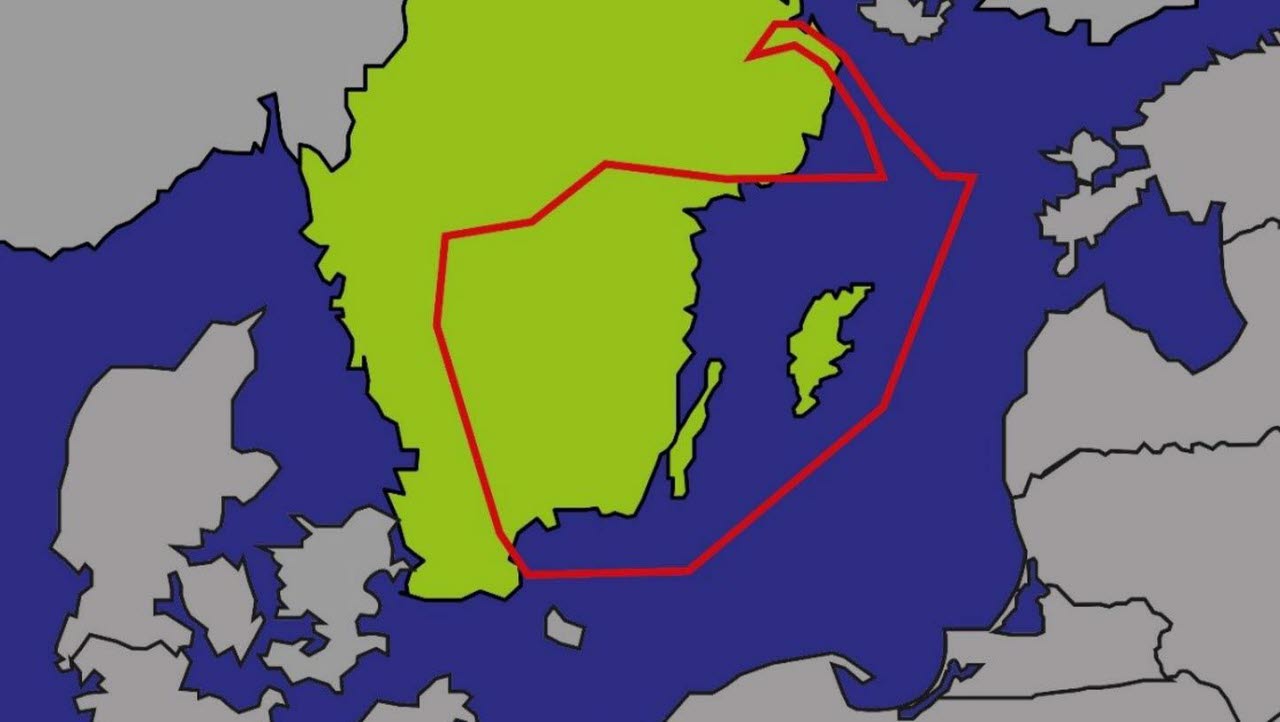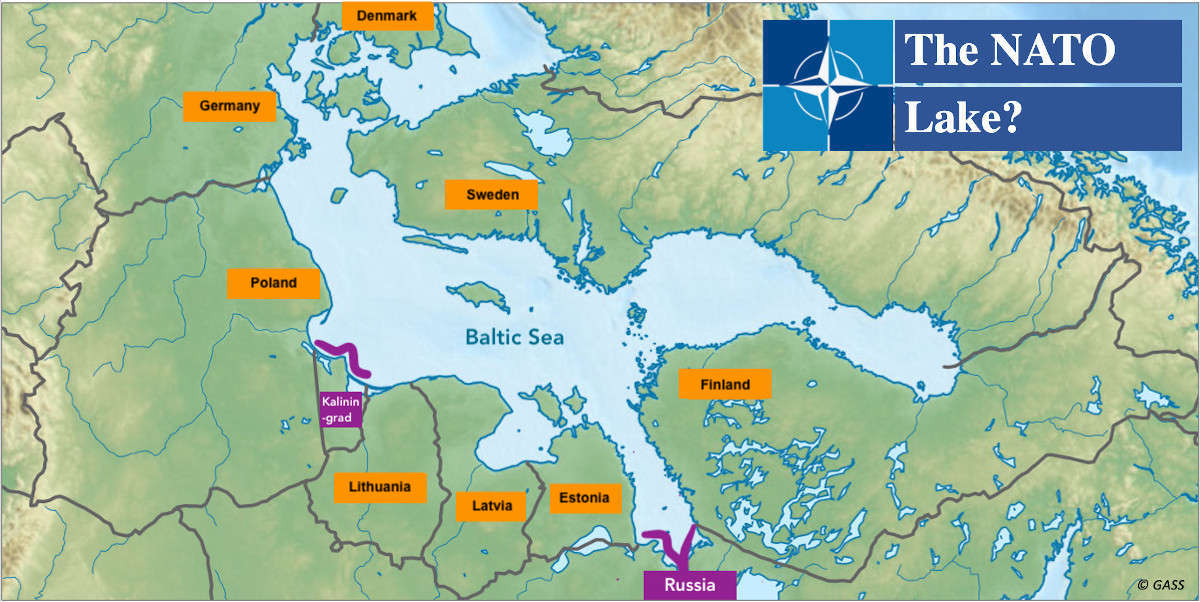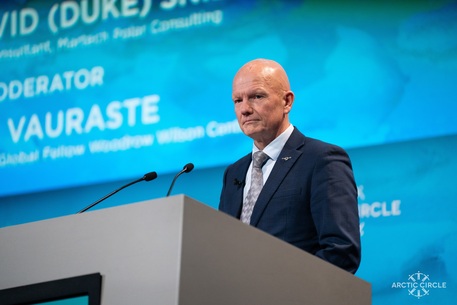Opinion: Maritime security challenges in the Baltic Sea Region
The security situation in the Baltic Sea has changed significantly during the past few years. Aircraft border started occurring more often and those have been followed by a number of recent major Naval exercises by Russia and NATO.
Once Finland’s and Sweden’s NATO process started there were discussions about the Baltic Sea being a “NATO”-lake. That is a misinterpretation as Russia has Baltic Sea access through the Saint Petersburg and Kaliningrad areas.
The Åland Islands, Saarenmaa and Gotland create a strategic triangle to control the Baltic Sea. In Estonia, there has been an initiative to establish a contiguous zone in Estonia’s maritime area, which would enable the enforcement of Estonian legislation at up to 24 nautical miles from the baseline of the country’s territorial sea whereas the current territorial sea boundary is 12 nautical miles with some exceptions. The Estonians have also talked about Finland doing the same and would welcome such an arrangement.
In the beginning of May 2023, Sweden conducted a large maritime exercise, the “Aurora 23” with more than 1000 participants from Finland and a number of other countries. Gotland area was one of the exercise areas whereas Sweden has increased its’ military readiness on the island and it’s offshore areas. The island lies only 300 kilometres away from Kaliningrad and was also occupied by Russia in 1808. Putin has found his “argumentation” for war from history.

The demilitarisation of the Åland Islands, including the Russian consulate to “monitor the neutrality” includes a huge paradigm. Whereas the idea of the demilitarization is to maintain peace and stability, it actually creates a potential for a conflict, as security and other vacuums tend to be filled. With the same logic, Finland should have stood militarily unpartnered, but the country almost unanimously decided to join the NATO. In the new security situation with a potentially hostile neighbour, the excellent citizen initiative to remove Russian consulate from the Åland Islands hopefully leads to an active decision followed by removing the demilitarization of the area.
The Helsinki dockyard has built close to 200 vessels whereas many of them have been sold to Russian entities. Furthermore, there has been a Russian ownership or practical control for close to ten years now. In March 2023, the Canadian dockyard company Davie announced it’s initiative for taking over the ownership. This would potentially change the dockyard’s business frame towards a NATO element. The Canadian government has just in April 2023 awarded Davie with a “Minimum of 20 Years of Work as a Long-Term Partner to Canada” with a “Historic agreement with the federal government that includes an initial minimum of $8.5 billion in shipbuilding programs”.
So, in practical terms the dockyard lies on the arms of Canadian taxpayers. Chartering Finnish Icebreakers to Canada a few years ago was hindered, when three Swedish Supply vessels were suddenly bought to Davie with a huge overprice compared to market values to provide icebreaking services in the Canadian Arctic. Before any decisions, the interests, political connections and cost effectiveness of Davie have to be very carefully examined. Finland indeed needs to maintain its’ dockyard capabilities to support its’ sovereignty on the Baltic Sea with ice capable ships to maintain and develop our national security of supply on the Baltic Sea.
The underwater capabilities of Finnish Defence Forces are currently based on underwater surveillance and surface/land/air – based firepower. A recent media report reveals, that Russia is preparing for sabotage against underwater infrastructure like cables and energy infrastructure with target mapping conducted by civilian vessels. The current lack of Finnish submarines needs to be taken into account whilst developing underwater capabilities to meet current and future threats. Sweden expects new submarines to be operational in 2027 to cover the ageing fleet of a few boats only. Some studies of the submarine needs have been conducted and certainly, there is know-how in the country, and also in Sweden to build submarines. The famous deepwater submarines MIR 1 and MIR 2 were built in Finland with a 6 km diving capability. The vessels caused a small storm as the US considered them as a threat to their underwater surveillance system.
In conclusion, to meet the Maritime security challenges in the Baltic Sea, the Åland Islands demilitarization needs to be lifted, Finnish ice capable shipbuilding capacity needs to be maintained and subsurface capabilities need to be secured.
Tero Vauraste
MSc Risk Crisis and Disaster Management, Lt Cdr (Ret), Ph.D. Student
National Military University
Finland
This article was originally published on Centrum Balticum here as part of the series ‘Baltic Rim Economies‘ (BRE), which deals with the development of the Baltic Sea region.
This has been republished with the author’s permission.
The views presented in the article are representing the author’s view and do not represent a view of any of his affiliates including ArcticToday.

